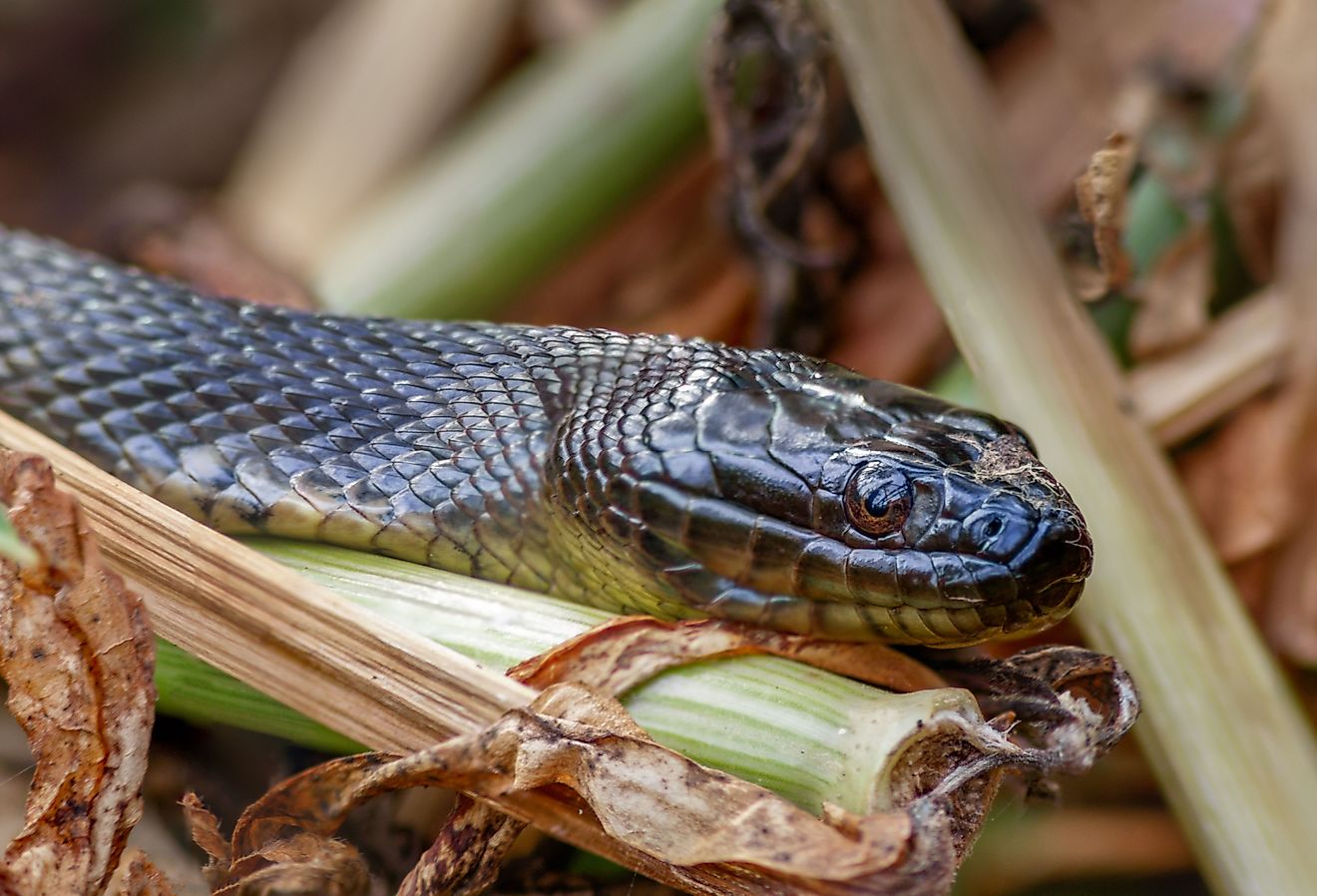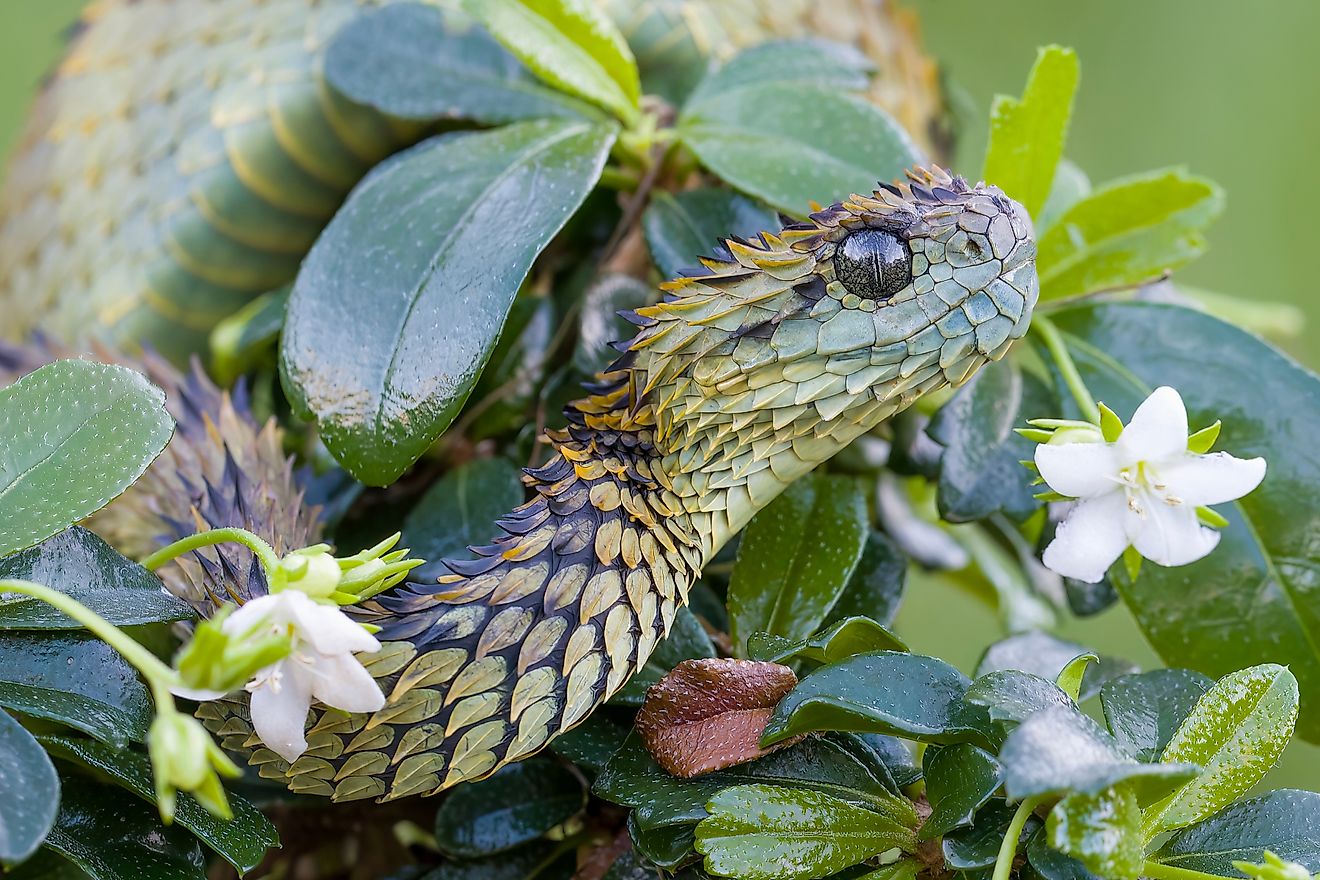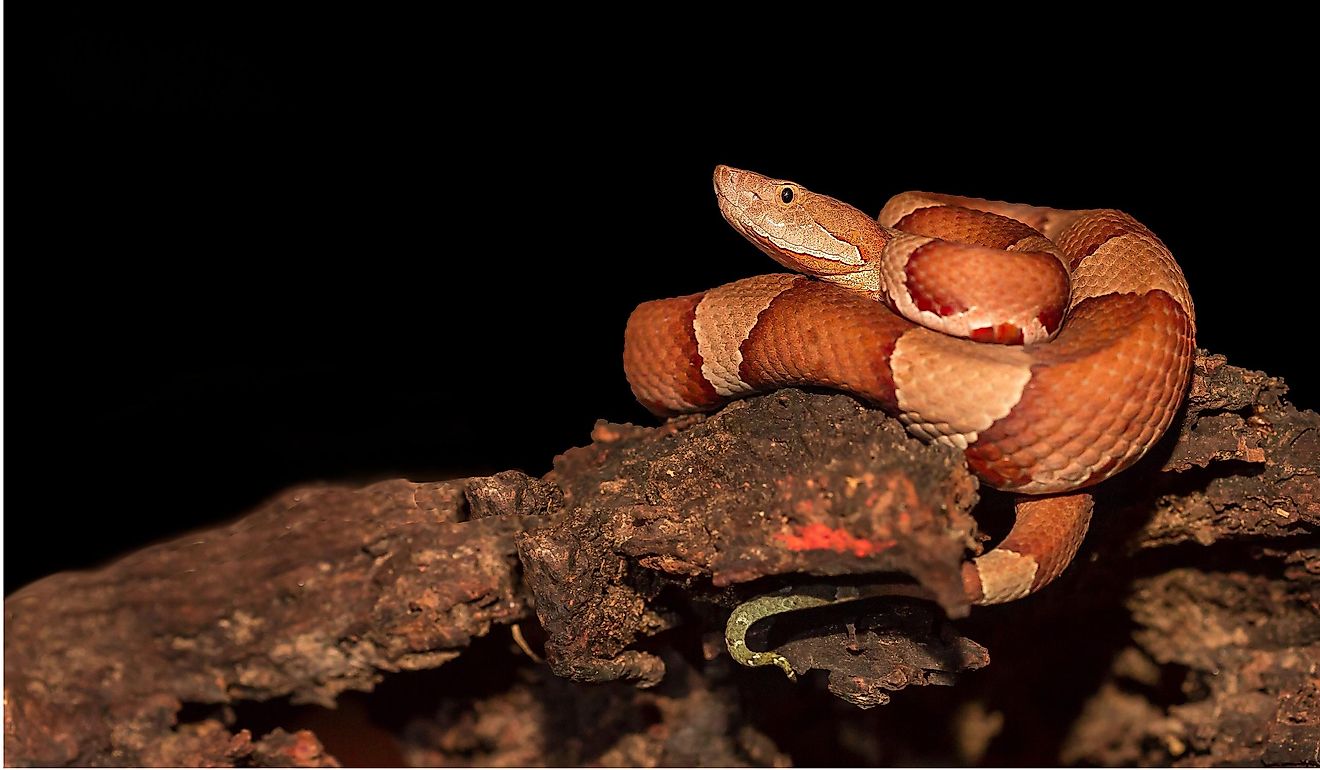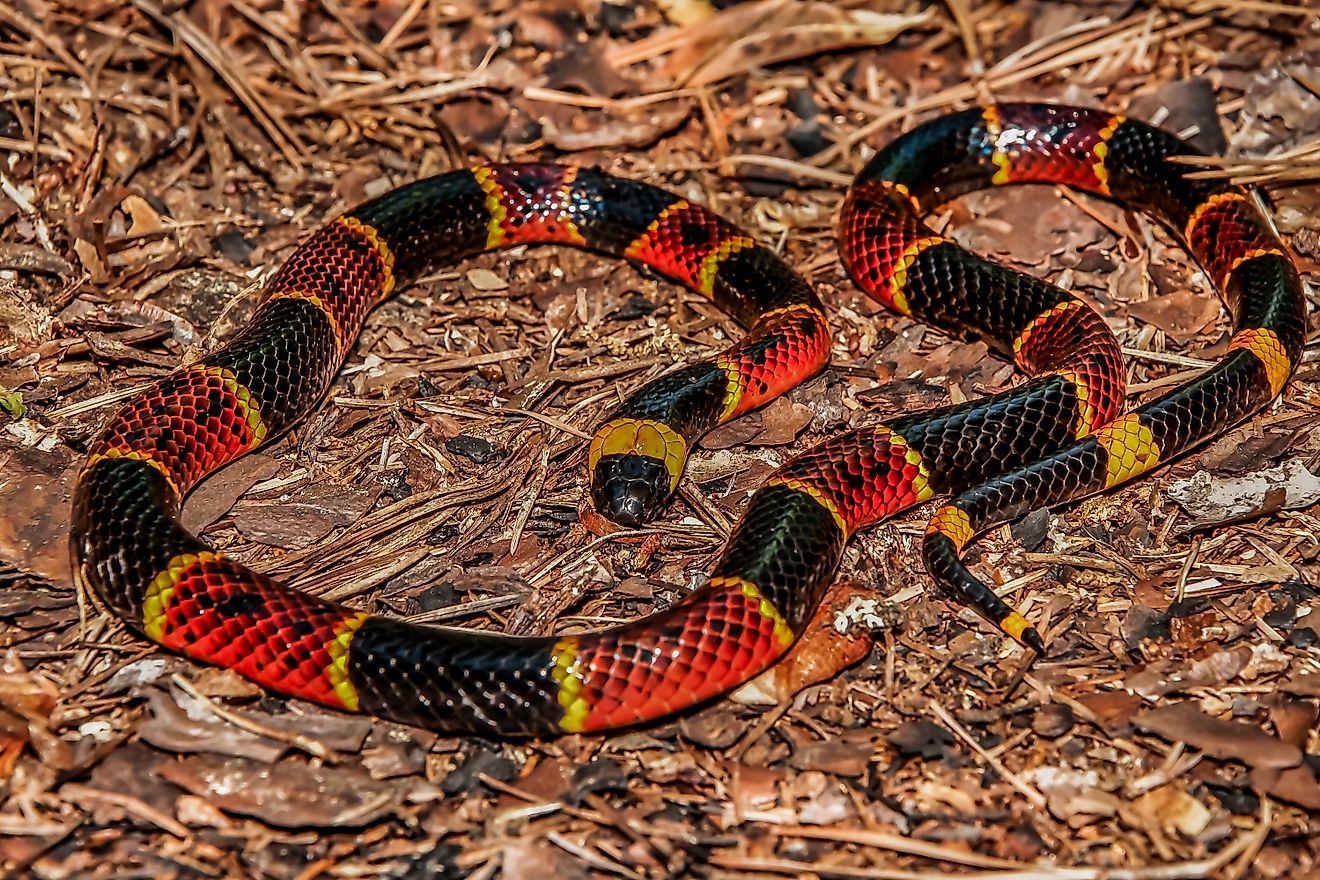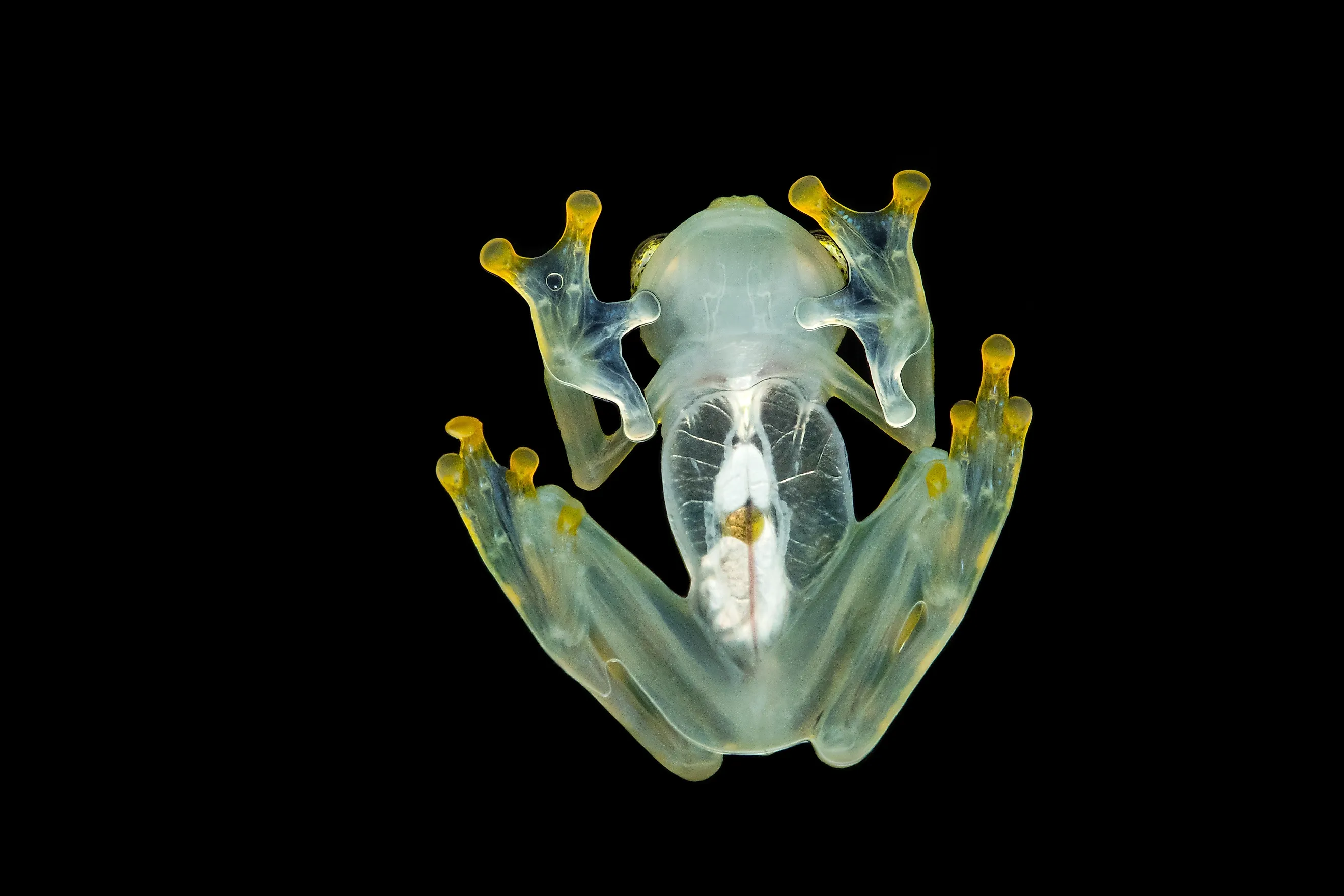
The X-Ray Life of the Glass Frog
Named after the translucent skin along its underbelly, the glass frog shows off one of nature’s most remarkable adaptations. Its skin and muscles seem to vanish, revealing internal organs like the beating heart and liver. While scientists mainly believe this adaptation serves as camouflage from predators, there is still a lot to understand about the process.
The frog’s unusual biology has also caught the attention of medical researchers, who are now asking whether this tiny amphibian could hold clues for improving blood-related treatments.
Description and Background
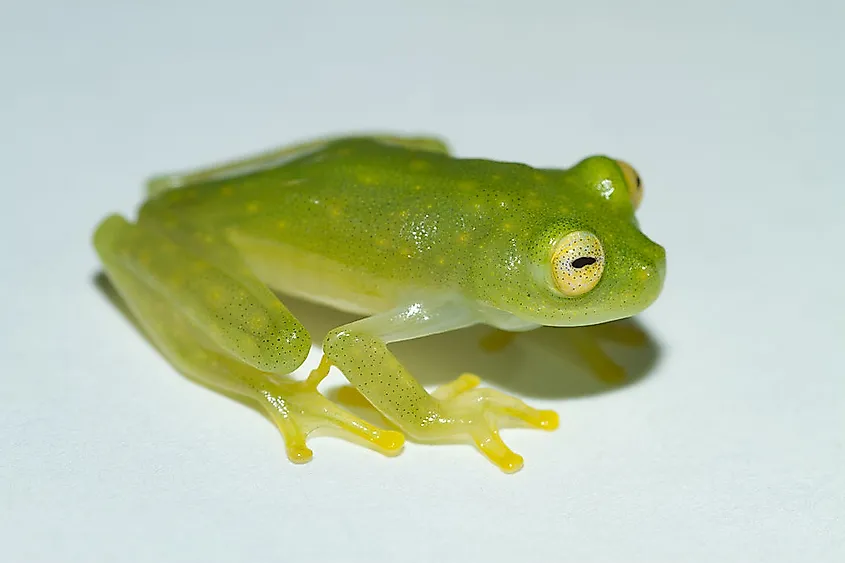
Glass frogs are a type of tree frog native to the forests of Central and South America, including countries like Mexico, Belize, Guatemala, Costa Rica, Honduras, Panama, and Colombia. They mostly live in humid mountain forests or rainforests, as they prefer to stay near water to lay their eggs. After hatching, the tadpole drops from a leaf into the water below, where it may remain for up to 10 months before reaching adulthood. Once fully grown, a glass frog can live for as long as 14 years. It is often difficult to find glass frogs, as they spend a large amount of their time at high levels of the canopies.
Roughly 160 species of glass frogs have currently been identified, each with its own scientific name. Most of the known species are small, ranging in size from about 20 to 30 millimeters (0.8 to 1.2 inches). A few species have been identified as larger, reaching lengths of up to 80 millimeters (3 inches).
The International Union for Conservation of Nature has determined roughly half of the glass frog species to be threatened on some level, with 11 of them considered to be critically endangered. Best known for their translucent muscles and skin, glass frogs have underbellies through which their heart, intestines, and liver are clearly visible. The tops of their bodies, meanwhile, remain green, helping them blend in with the leaves above.
Reasons For Its Translucent Skin and Muscles
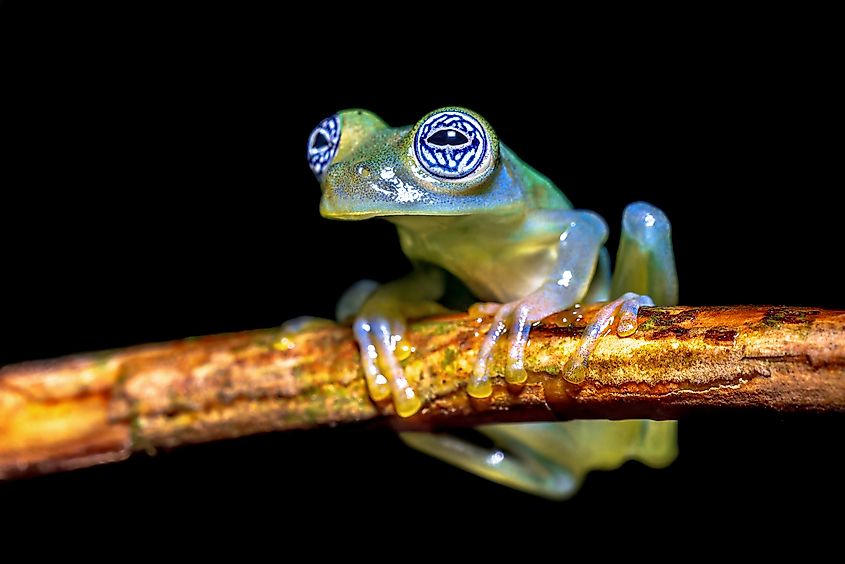
In 2022, researchers funded by the National Institute of Health published findings on how glass frogs achieve their remarkable translucent camouflage. Using cutting-edge imaging technology, scientists found that while resting, the frog is able to remove the majority of its circulating red blood cells, storing them instead in its liver. In many vertebrates, including humans, tissue transparency is not feasible. The circulatory system contains oxygen-rich red blood cells that absorb large amounts of light, making the tissue appear opaque. When the glass frog conceals its red blood cells, however, its tissues become nearly transparent.
But how, specifically, did scientists observe this camouflaging mechanism in action? Using an imaging technique called photoacoustic microscopy, they anesthetized glass frogs and monitored their circulatory changes. During rest, they found that 80 to 90% of the red blood cells disappeared from circulation, where they became concentrated in the liver. When the frogs were later imaged during physical activity, the red blood cells returned to normal levels in the bloodstream.
Remarkably, within an hour after exercise, the cells could reaggregate again in the liver, demonstrating a clear contrast between rest and movement. This regulation was observed in Fleischmann’s glass frogs, which used 96.6% less oxygenated hemoglobin while resting than when active.
Possible Applications to Human Medicine

The glass frog’s translucent tissue is fascinating on its own. This phenomenon, however, becomes even more interesting when scientists consider how this adaptation could influence future advances in medicine. In humans, when red blood cells accumulate in one area, they can form clots that block blood vessels, potentially resulting in life-threatening conditions like strokes and thrombosis. Unlike in humans, glass frogs can concentrate and disperse red blood cells without experiencing the harmful effects this process can cause in people. They can also still clot their blood normally when injured.
What does this mean for the medical community? These frogs perhaps have the ability to prevent excessive clotting while still preventing excessive bleeding simultaneously. If scientists can better understand the mechanisms behind this process, it could be a game changer in medical interventions that involve removing blood from the body, such as dialysis, which carries significant risks of clotting.
Final Thoughts
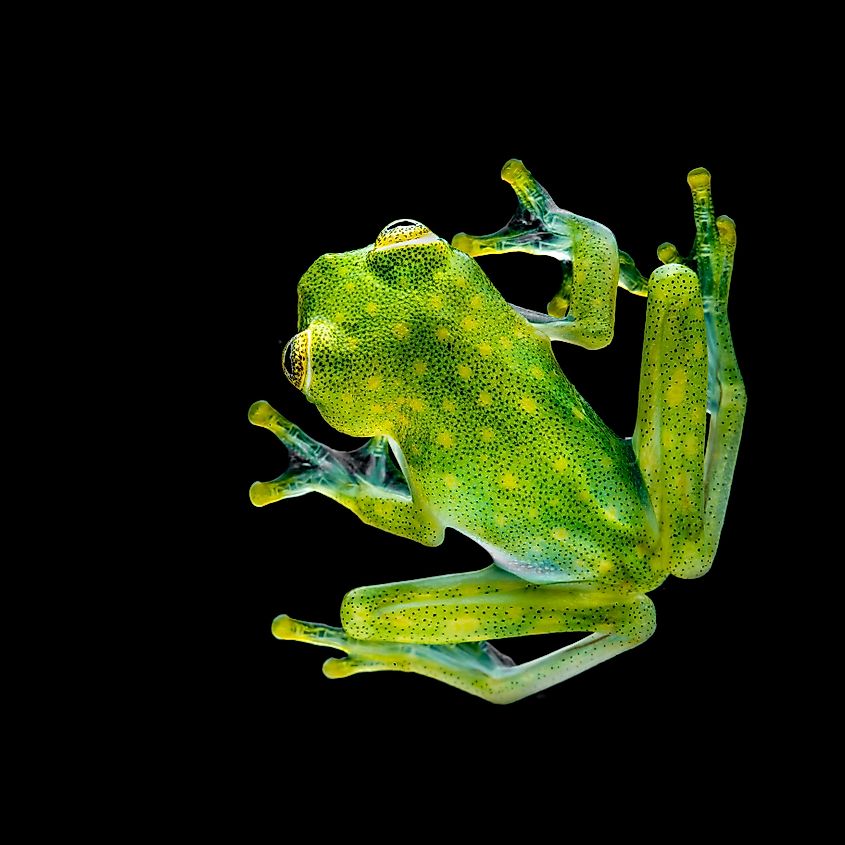
Although NIH-funded studies in recent years have uncovered key insights into how glass frogs become translucent, there are still many remaining questions to answer in order to complete the puzzle. Scientists still do not fully understand how these frogs can concentrate their red blood cells without triggering dangerous blood clots—a crucial piece of information for potential medical breakthroughs. As research continues, this tiny amphibian may help unlock new ways to approach blood-related conditions and treatments.




